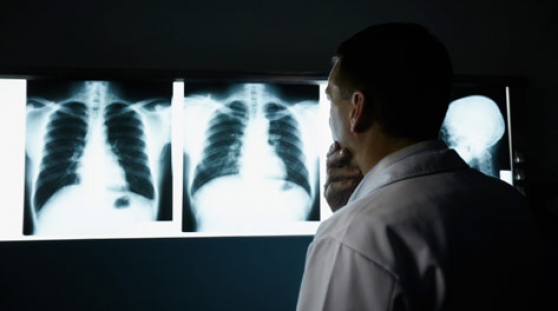Rectal Cancer Health Center
Table of Contents

If you have screening test results that suggest cancer or you have symptoms, your doctor must find out whether they are due to cancer or some other cause. Your doctor asks about your personal and family medical history and gives you a physical exam.
If your physical exam and test results do not suggest cancer, your doctor may decide that no further tests are needed and no treatment is necessary. However, your doctor may recommend a schedule for checkups.
If tests show an abnormal area (such as a polyp), a biopsy to check for cancer cells may be necessary. Often, the abnormal tissue can be removed during colonoscopy or sigmoidoscopy. A pathologist checks the tissue for cancer cells using a microscope.
The following screening tests can be used to detect polyps, cancer, or other abnormal areas.
Your doctor can explain more about each test.
- Fecal occult blood test (FOBT): Sometimes cancers or polyps bleed, and the FOBT can detect tiny amounts of blood in the stool. If this test detects blood, other tests are needed to find the source of the blood. Benign conditions (such as hemorrhoids) also can cause blood in the stool.
- Sigmoidoscopy: Your doctor checks inside your rectum and the lower part of the colon with a lighted tube called a sigmoidoscope. If polyps are found, the doctor removes them. The procedure to remove polyps is called a polypectomy.
- Colonoscopy: Your doctor examines inside the rectum and entire colon using a long, lighted tube called a colonoscope. Your doctor removes polyps that may be found.
- Double-contrast barium enema: You are given an enema with a barium solution, and air is pumped into your rectum. Several x-ray pictures are taken of your colon and rectum. The barium and air help your colon and rectum show up on the pictures. Polyps or tumors may show up.
- Digital rectal exam: A rectal exam is often part of a routine physical examination. Your doctor inserts a lubricated, gloved finger into your rectum to feel for abnormal areas.
- Virtual colonoscopy: This method is currently under study and available in some larger medical centers. It uses a type of CT scanning to image the inside of the colon.
